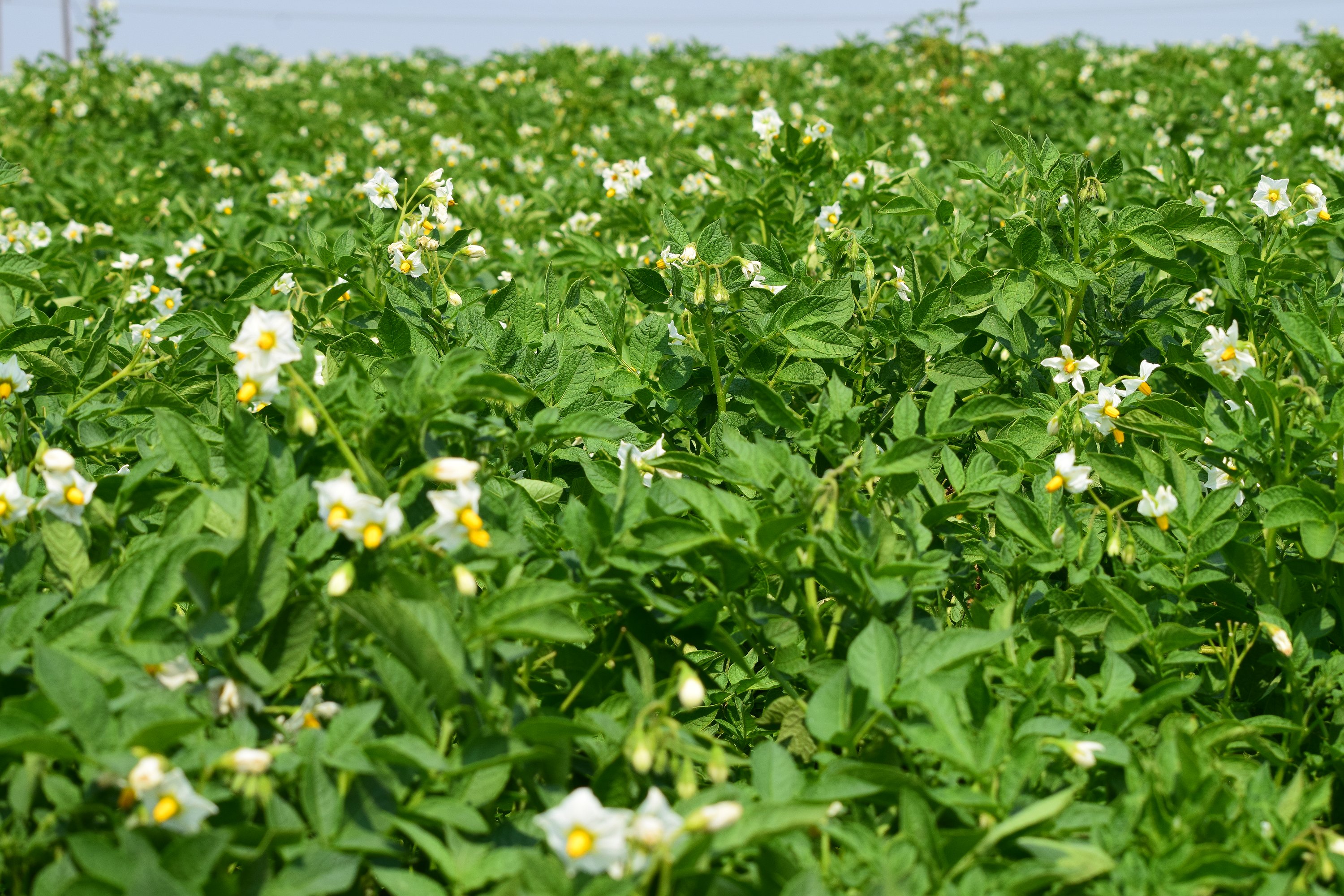Growing season inbound
MOSES LAKE — Mark Kallstrom and Travis Meacham, of Kallstrom Sweet Corn and Friehe Farms respectively, have decades of combined commercial farming experience and discussed some of the ways they prepare for the spring planting season and how their practices have evolved over the years.
Friehe Farms, located in Moses Lake, grows potatoes and corn, among other crops. Kallstrom grows and retails sweet corn, located between George and Ephrata.
Meacham, Friehe Farm’s manager, and Kallstrom, one of his farm’s founders, both mentioned the importance of ordering seeds and making sure you buy the right varieties of the crop.
“It's pretty important when choosing varieties and then what crops are going in (because) some of the most desired varieties and seeds are taken up,” he said. “So some of the stuff we planted last fall or even last summer, and so we're just confirming that that seed is available, and then just adjusting our schedule to make sure we have enough of the varieties that we want on the acres that we want.”
Kallstrom also commented on the variety and how it affects sweet corn.
“They hold their great taste for a number of days after they’re picked,” he said. “(Some factors are) will it mature too fast, disease resistance and of course a good flavor that people like and it takes a long time to narrow that down.”
Meacham and Kallstrom both said maintaining and checking over equipment is part of heading into spring.
“There's quite a bit of equipment (usage) that takes place,” Meacham said, “so this is a good time of year to bring things into the shop and kind of work on them and make sure that they're all in the best condition.”
Friehe Farm’s techniques and technology often change and adapt from year to year, seeking new methods to grow more produce or save money in the process, Meacham said.
“When the heat of the battle comes, you kind of have to just go with your game plan,” he said. “So this time of year we’re kind of laying out what we're going to do, what varieties we're going to plant, what methods we're going to use, are we going to change anything or is there any new technology that can come along that is going to help us, so we're spending a lot of time right now kind of looking over that.”
A lot of coordination goes into preparing for planting, but predicting or adapting to weather is also important for both the crop and the equipment.
“If we get really wet (weather), or if we get really dry (weather), we do have to do some changing as we go,” Meacham said. “For the most part, we have a pretty good idea of what the weather does, but there are some curveballs in there, so we have to adjust for those.”
Kallstrom also said analyzing weather is an integral part of preparing for spring planting.
“During the plant, I have a whole notebook on when to plant and so forth. It can change from year to year. The weather makes a big difference, but continually planting from the middle of March to the first week in July was a big learning curve.”
The corn on Kallstrom’s farm is planted under plastic, a technique Kallstrom started after learning it from other farms.
“You want to buy seed that is cold-soil-resistant or cold-soil-tolerant,” Kallstrom said. “Some seeds don't work very well at all if the ground’s too cold; that's why you use the plastic, to warm the ground up.”
Kallstrom said you also want to be careful not to pull off the plastic too soon.
“One year, (I made a) big mistake. I pulled the plastic and the next day we got a freeze,” he said. “(The corn) did come back, but it put us behind maybe two weeks.”
There are other resources besides trial and error as well.
“The internet is a huge (help),” Kallstrom said. “I've spent countless hours on there researching sweet corn and the varieties, and varieties are everything.”
Kallstrom said he uses YouTube to learn how to improve his techniques and farming equipment, including making his own equipment.
“I put together my own planter,” he said. “In one pass I can spray, plant and cover with plastic, and fertilize too, at the same time.”
It seems trial and error, adaptation and knowing one’s resources are all important not just to preparing for spring, but all year round.
“Even though the big picture is still probably the same as it's been done for hundreds of thousands of years, how we're doing it on a year-to-year basis changes all the time,” Meacham said.
Gabriel Davis may be reached at gdavis@columbiabasinherald.com. Download the Columbia Basin Herald app on iOS and Android.







